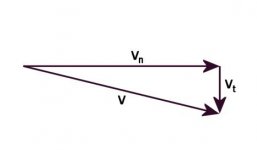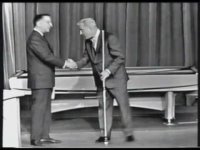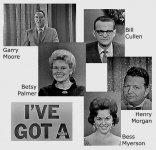T-Blindness
Nice Post Rick,
Yes I play pretty good myself and yesterday I actually got to work on my game..just a little for once. I usually end up playing someone and I practiced several things and then I hit onto TOI awhile myself.
It is an interesting concept. I most like it for the additional cue ball roll control. I try to use all English in my game and what doing this does for me to add assurance that Inside is a great answer to many shot solutions. After all angle is everything for position if nothing else. Getting the best solution for the next shot is what its about no matter what the English but I found myself ignoring the Inside at times when I shouldn't have.
I hope soon to share some things I've been working on that have taken up most of my time lately that opened things up for me. Its one thing to know how to do them, but its another to know how to share them.
Like your quote about being like water. You have to be open to finding out that things are much simpler than we tend to make them. Then you are able to see so much more.
Robin,
I just read a post last night where someone played badly for 15 years & is now so glad that some instructional info is finally getting him to play better.
I asked him if he had thought that doing the same thing for 15 years was going to yield a different result.
If one's mind is blocked closed with Testosterone or any form of ego then their mind can not take them any further than where they are.
I have played rather well for 46 years but CJ putting his TOI methods out & my being open to at least taking a look at what was the exact opposite of my english spin methods has certainly helped me to improve.
I can never understand why one closes their minds & thinks that they have all of the info & have made the correct decision. They just don't seem to understand that no one earth can contain all of the information that exists.
Like Bruce Lee said, 'Be Like Water My Friend'.
Regards & Best Wishes,
Rick
Nice Post Rick,
Yes I play pretty good myself and yesterday I actually got to work on my game..just a little for once. I usually end up playing someone and I practiced several things and then I hit onto TOI awhile myself.
It is an interesting concept. I most like it for the additional cue ball roll control. I try to use all English in my game and what doing this does for me to add assurance that Inside is a great answer to many shot solutions. After all angle is everything for position if nothing else. Getting the best solution for the next shot is what its about no matter what the English but I found myself ignoring the Inside at times when I shouldn't have.
I hope soon to share some things I've been working on that have taken up most of my time lately that opened things up for me. Its one thing to know how to do them, but its another to know how to share them.
Like your quote about being like water. You have to be open to finding out that things are much simpler than we tend to make them. Then you are able to see so much more.



